When an aircraft has been around as long as the Kitfox, change—and improvement—is inevitable. First introduced in 1984, the Kitfox Model 1 has evolved considerably and by 1991, the Kitfox Model 4-1200, the model I own, had become the largest selling Kitfox of all time.
Kitfox LLC owner John McBean says that during the company’s heyday, up to 40 Kitfox kits a month were shipped. Fast-forward to the 21st Century and that kind of volume is but a distant memory even if the Model 4 isn’t. (You can still buy the kit.) The latest Kitfox iteration is the Series 7 Super Sport, which is sold in both an SLSA variant and an Experimental/Amateur-built version. Designed for larger engines than the Model 4, it’s bigger, faster, more refined and the panel is filled with glass or at least can be, at the builder’s whim. Given the range of engine options—14 in all—a higher gross weight and larger cabin and baggage area, it’s an impressive package. But is it really better than the trusty Model 4—now called the Classic IV—that I own?
To find out, I recently got a chance to conduct a side-by-side comparison of the two models. Paul Leadabrand, chief CFI and owner of Stick & Rudder Aviation (www.stick-rudder.com), a Kitfox-specific flight school in Boise, Idaho, flew his factory-built Kitfox Series 7 SLSA to Sebring, Florida for the annual Sport Aviation Expo. John McBean was also in town and I arrived in my 18-year-old Model 4. We parked the two aircraft side by side for a comparison, after which I conducted a brief flight trial.
Although both look similar at a distance, the Series 7 Kitfox is actually an entirely different airplane than the earlier Series 4, although both share the same design attributes.
The History
As McBean likes to explain it, the Kitfox model has had a long and glorious history, and he can describe virtually every twist and turn. The sidebar on page 10 describes the evolution of the model, but the Series 7 owes its genesis to more recent developments: the Series 5 and 6. The 5 was actually a clean-sheet design intended to accommodate larger engines, including the 912 series, but Continental and Lycomings, too. The 5 was available in trigear or tailwheel versions, but when the 6 evolved around 2000, the convertible gear simplified the line into one airplane.
The 6 was a short-lived project due partially to the 9/11 attacks, according to McBean. Light Sport was on the horizon then and although Kitfox was developing an airplane for that market called the Sport, LSA looked iffy in 2001, so Kitfox regrouped. But much of the work that went into the Series 6 and Sport development wound up in what’s now the S7 Super Sport kit.
Both models use Kitfox’s signature flaperons. But the S7’s have an asymmetrical section that improves handling and slow flight characteristics.
Compared to the Model 4, says McBean, the 7 is an utterly different airframe. It’s longer by about 6 inches and also 4 inches wider. The additional length translates to better engine access for maintenance because there’s more space between the back of the engine and the firewall, although that varies somewhat with engine selection. Although the basic construction is the same—welded 4130 chrome-moly for the fuselage and aluminum ribs and spars for the wings and the Kitfox’s signature flaperons—the structures are different.
McBean explained that the S7 fuselage alone is about 12 pounds heavier than the Model 4 thanks to additional steel components and thicker wall tubing; it needs to be stronger to accommodate a gross weight of up to 1550 pounds, rather than the 4’s 1200-pound limit. (Some versions of the Model 4 have lower weight limits.) There are other beef-ups in various parts of the Series 7, including additional spar thickness.
Early Kitfoxes trimmed via flaperons and later had an elevator tab upgrade for trimming. The S7, above, has a fully trimable tail.
The wing design is essentially the same, but while the Model 5 has a symmetrical airfoil section for its flaperons, the Series 7 has an asymmetrical section. This translates to better slow flight characteristics and stability; and, while the Model 4’s roll control forces remain light through all speed regimes, the S7’s forces increase with increasing speed. Both airplanes share the same control circuitry: push-pull tubes for the flaperons and elevator and cables for the rudder. They also share the foldable-wing feature.
If all this makes it sound like the Model 4 has faded from history, it really hasn’t. McBean says Kitfox keeps the kit alive primarily to serve the European ultralight and microlight market and if you ordered a 4, the company could fill the order. But McBean says the Series 7 is simply a better, more modern airplane.
On the Ramp
This is obvious when comparing the two side-by-side on the ramp. Leadabrand’s Series 7 stands tall on Grove aluminum spring gear finished with fat bush tires. It makes my Model 4 look diminutive sitting next to it.
Not in the mood to fly a taildragger? The Series 7 converts from tailgear to nosegear. Once you get good at it, you can make the switch in a couple of hours. You can’t change the gear at all with a Model 4.
The Series 7 features a tinted acrylic windscreen, skylight and gorgeous bubbled-out see-through gull-wing doors that clearly open up the shoulder room inside the cockpit by a few inches. My Model 4 has a one-piece acrylic windscreen/skylight—a retrofit—but without the tinting. On a hot day, there’s a marked difference in comfort.
Bubble doors on the S7, also an option on earlier models, open up the cabin and provide a little extra shoulder room. They’re a popular option.
Leaning into the Series 7’s cockpit, the first thing I notice is a 10-inch Dynon SkyView on the instrument panel. Nice, but glass in a bush plane doesn’t really impress me. It’s the baggage compartment that makes me gasp. It’s huge. Leadabrand has packed in the maximum 150 pounds and remained within CG. In my Classic 4, limited by a rectangular plastic header tank, the area is little more than a Velcro-attached sack, capable of carrying barely 50 pounds. Also, the baggage area in the S7 can be as long as 5 feet, accommodating long objects like tent poles, skis and the like. In the LSA version, the long baggage area isn’t an option. McBean says he doesn’t want to encourage overloading.
Adding to the S7’s perceived spaciousness is a glassed-in turtledeck/baggage area. Tinted color keeps things cool on sunny days.
The Series 7 has nice niches carved out specifically for headsets, maps and miscellaneous stuff, all within easy reach of the pilot. My Model 4 has little sleeves sewn into the baggage sling. They work, but they just don’t exude the same panache.
Climbing in, I immediately notice that the control sticks are positioned so they aren’t in the way. That’s not the case at all in my airplane. I feel for older folks who need to bend a knee more than 90˚ and lift it high to get around the stick and slide into the seat.
The Series 4 interior is comfortable enough, if Spartan. Note the additional pillows needed to the make the rudder pedals comfortably reachable.
The upholstered seats in the Series 7 are soft and comfortable, cradling me at just the right recline. McBean leans over and pulls a lever near my inside knee and the rudder pedals move forward to meet my feet—something I’d only dreamed of in my Model 4, which has no way to adjust either the seat or the pedals. I fly with two pillows because my husband stands a foot taller than I, and it only made sense to set up the airplane for the tallest pilot. I’m liking this Series 7 more by the minute.
That’s a baggage compartment? It is, just don’t plan on carrying much. Sewn in pockets are a nice touch, but the S7 has more room and carries up to 150 pounds.
McBean flips a switch and the Dynon comes to life. I know most of the world has shown a strong preference for solid-state glass for information and navigation, but frankly, it’s overkill for me. My Model 4 has no more than the required engine instrumentation, an airspeed indicator, altimeter, a radio, transponder and compass, and I get around in it just fine. Okay, there’s a DC plug for a handheld GPS, but I hardly ever use it. It just seems like cheating in an aircraft like the Model 4.
Although panel choices are up to individual builders, Paul Leadabrand’s S7 is top of the line, with a Dynon SkyView.
Who needs glass? Author doesn’t. A basic panel like this one in her Model 4 gets the job done while keeping map reading skills alive.
In the Air
I love the way my Model 4 comes off the runway the moment I add full power. With hardly a ground roll, the 80-hp Jabiru 2200 and wooden Sensenich prop pull us skyward, typically climbing at about 1000 feet per minute.
Handling is crisp and balanced with the shorter Speedster wing, and the full-span flaperons are responsive, even at slow speeds. Stalls are non-events—you can even descend straight with the wings stalled. I also have to work at it to get my airplane twisted up enough to pop over into a spin.
I don’t mind the short-coupled landing gear, having gotten used to giving it the attention it demands on every landing. It makes me a better pilot. And I adore the ruggedness of the Grove landing gear—the last major upgrade we’ve given the bird.
Paul Leadabrand’s S7 SLSA is Kitfox state of the art, with tundra tires, a Dynon glass panel and tinted bubble doors. He uses it for flight instruction in Boise, Idaho.
But how does my Model 4 compare to the Series 7? McBean and I take the newer airplane up and I like it. Yes, it’s heavier than the Model 4, but McBean has offset the weight gain with the extra power and performance from a 100-hp Rotax 912ULS coupled to a Whirlwind ground-adjustable three-blade composite prop.
The controls, although not as light as mine, have a nice, balanced feel, even though the wings are a foot longer, spanning 30 feet. That’s a consequence of the asymmetric flaperon foil. Steep turns are easy to make rock solid, and stalls are, like its older cousin, a non-event. Handling in a full stall is positive—yes, you can manage controlled flight even with the wings fully stalled.
As for takeoff and landing rolls? With a grin, McBean takes the controls and demonstrates that the airplane can be off the ground and clear treetops in 350 feet of grass with no wind. It will land and come to a stop in about the same space. Kinda gets the adrenaline going, but there’s no question about its performance. I am definitely impressed.
While 6.00×6 tires are standard, many builders go for the larger tundra tires, making the S7 an ideal outback hauler for two people and a lot of gear. Helps the landings, too.
The Verdict
So, do I want a Series 7? I can see the question in McBean’s smiling eyes after our flight. Silly man. I love my Little Bird. She was my husband’s first airplane project, built in a two-car garage. After 18 years of flying her, tweaking her capabilities with an engine change-out and new gear, we wouldn’t trade her for anything.
McBean laughs. “Hey, our builders are the best sales tools that we could ever have. We know that builders need us, but we need the builders because no one can tell you better how great the product is in the real world.
“There are 5,000 Kitfox kits out there, and a huge amount of resources for builders. There’s Paul Leadabrand’s Stick & Rudder school to offer transition and flight training in Kitfoxes now. And there’s us.”
All true. All more reasons to love Little Bird. But if I had a little extra money and some time to kill…which raises the question, can you ever have too many aircraft?

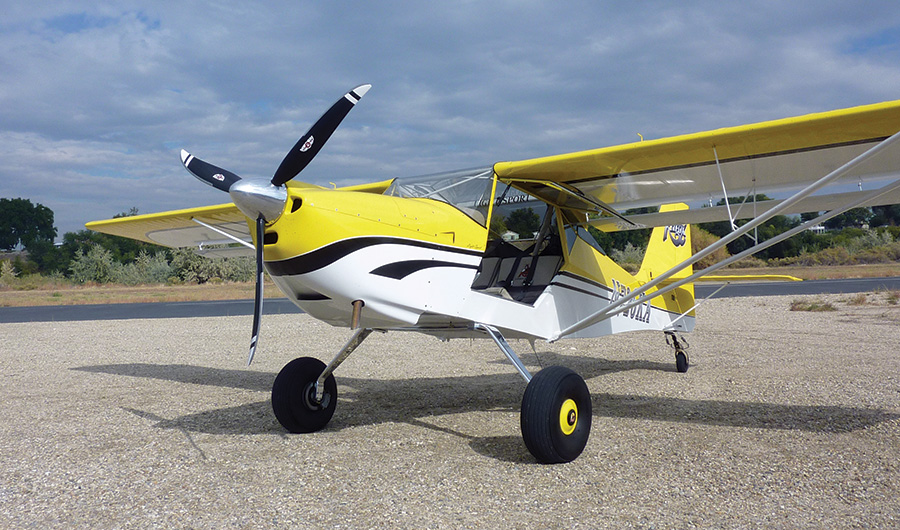
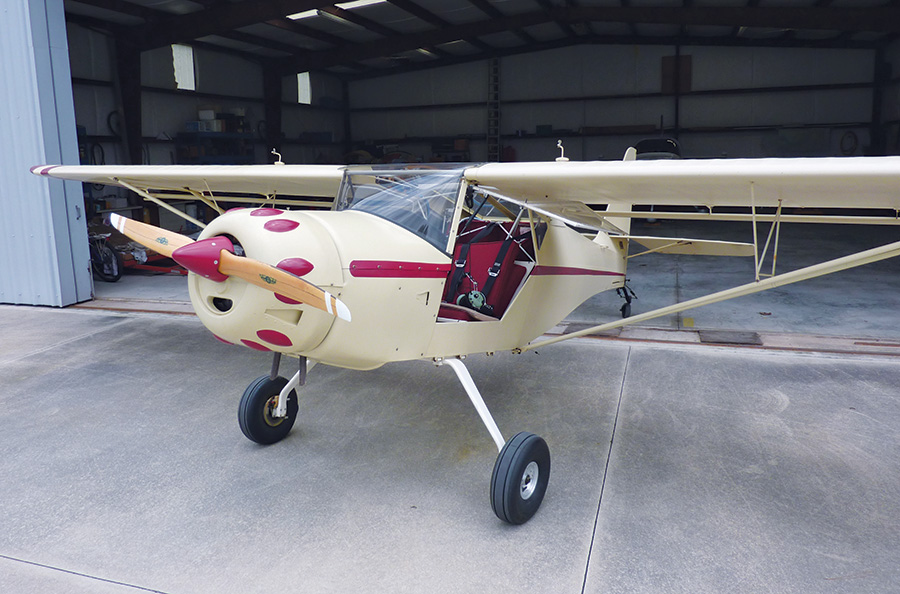
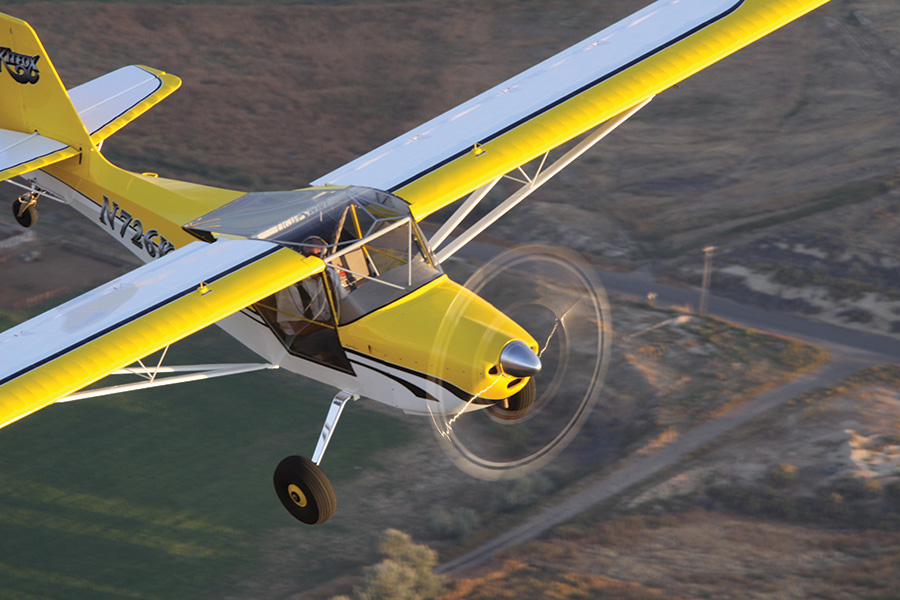

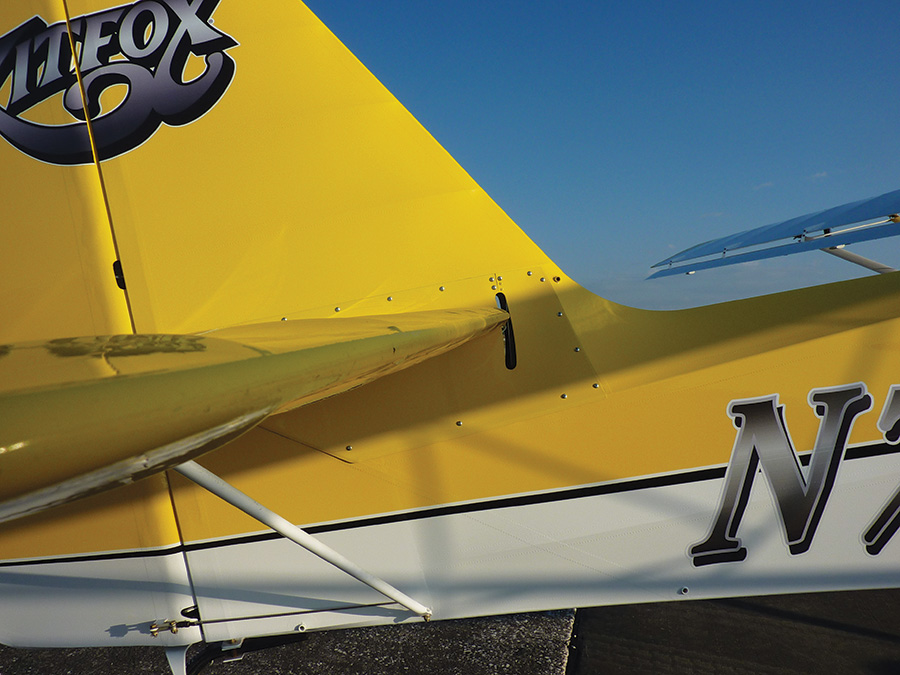


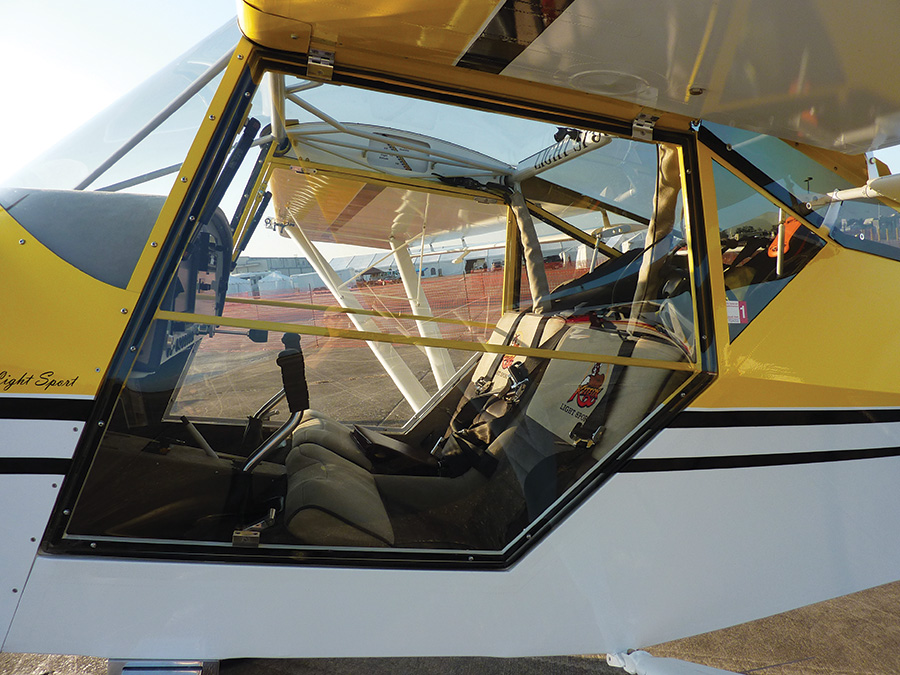
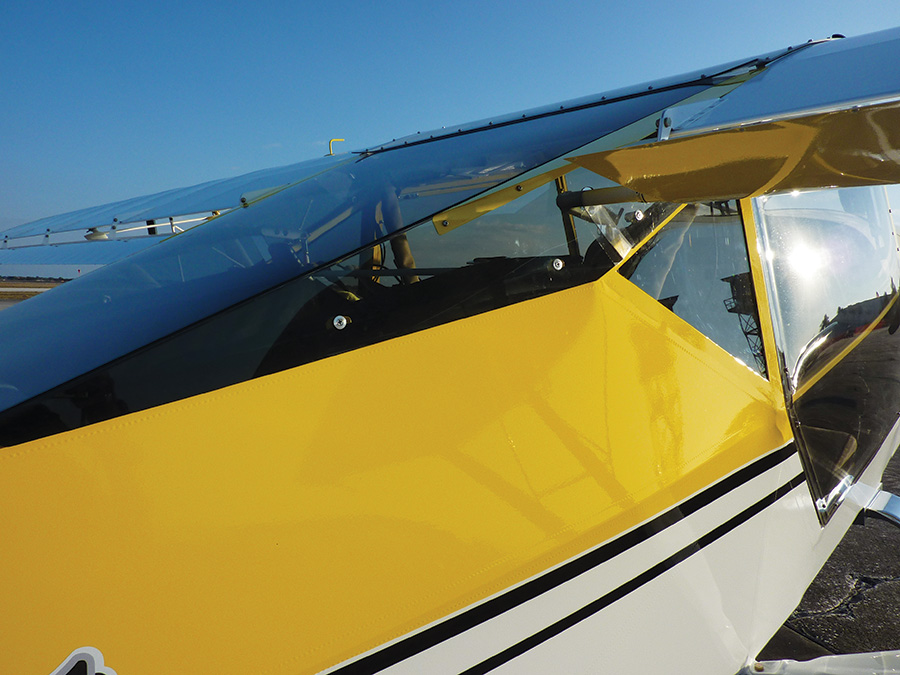
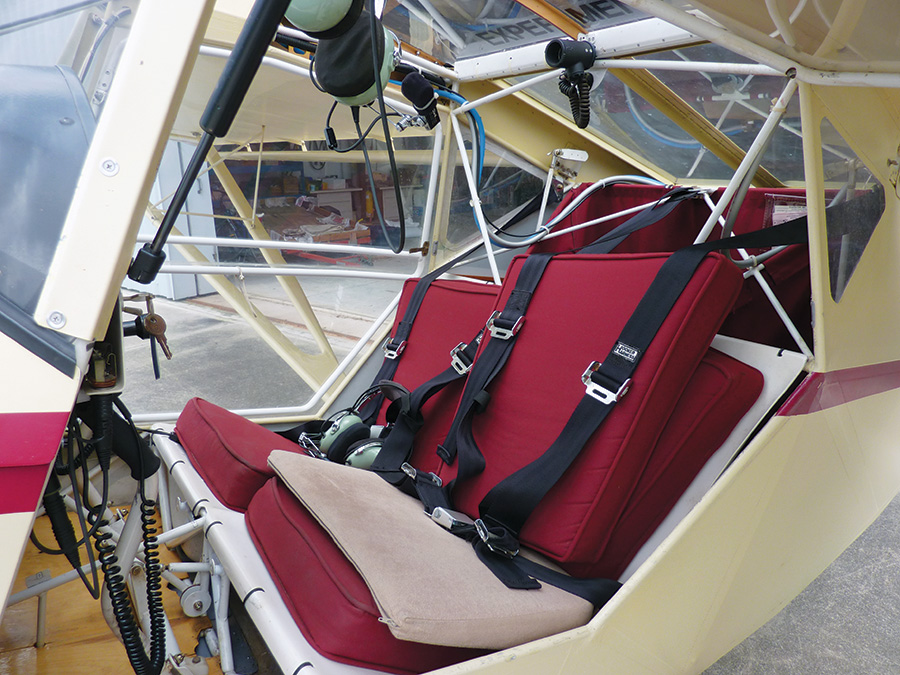
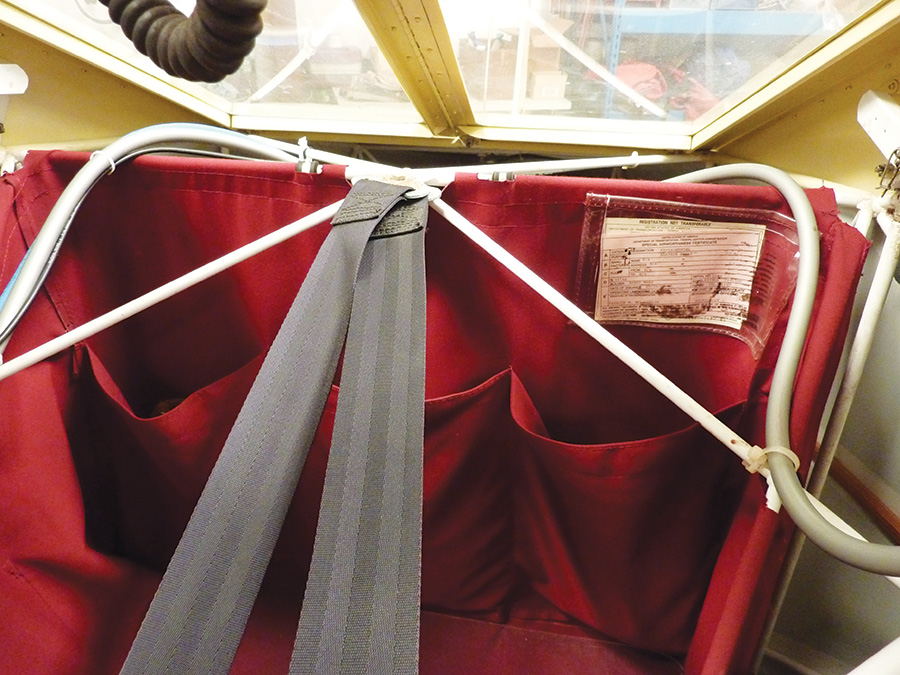
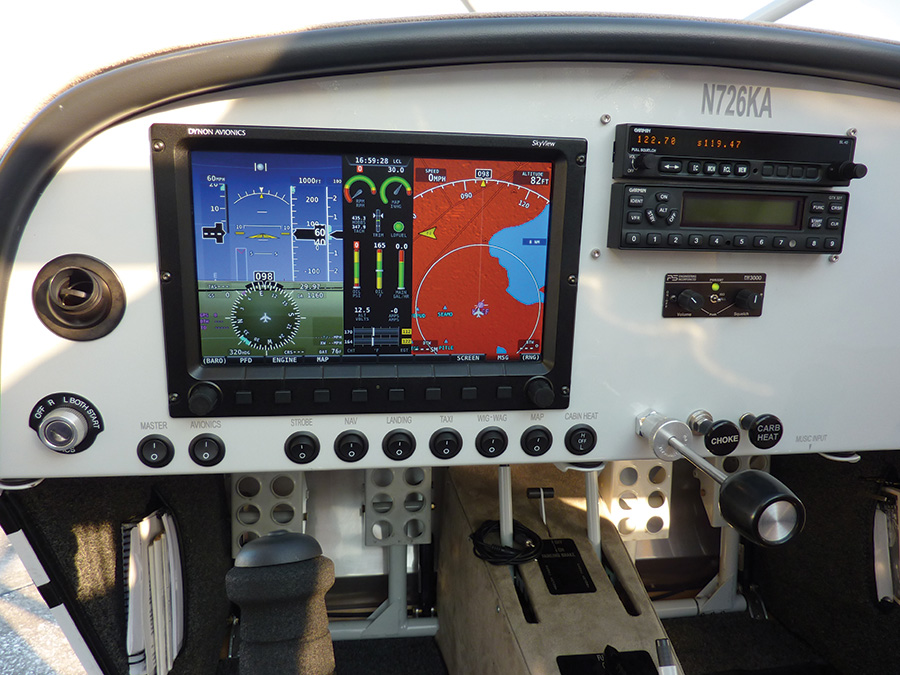
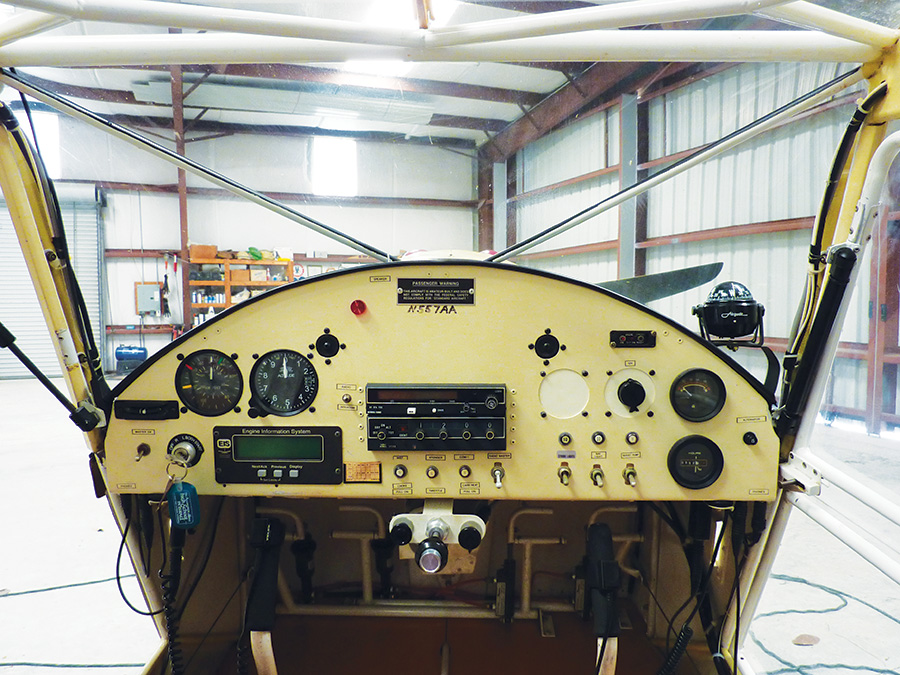
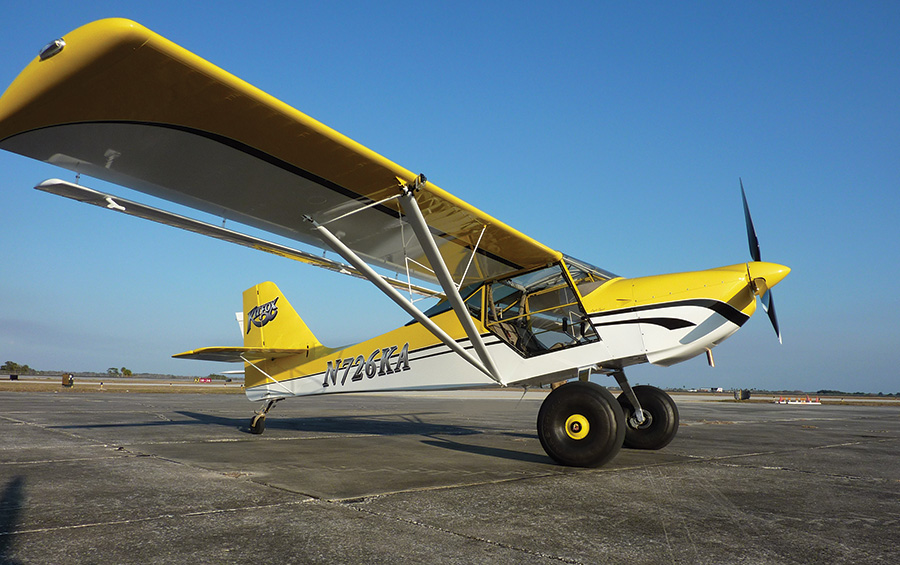
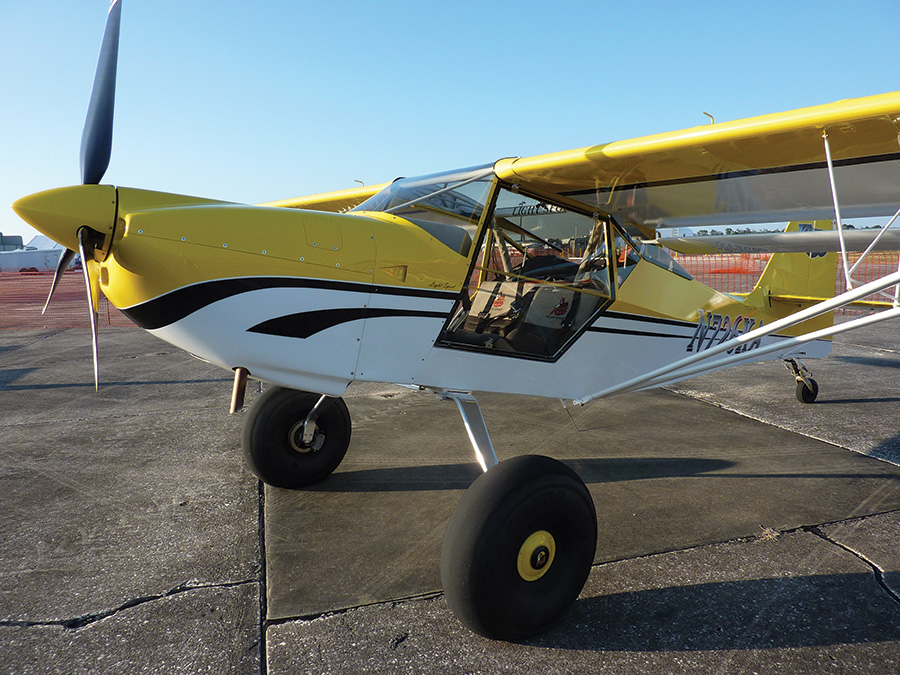
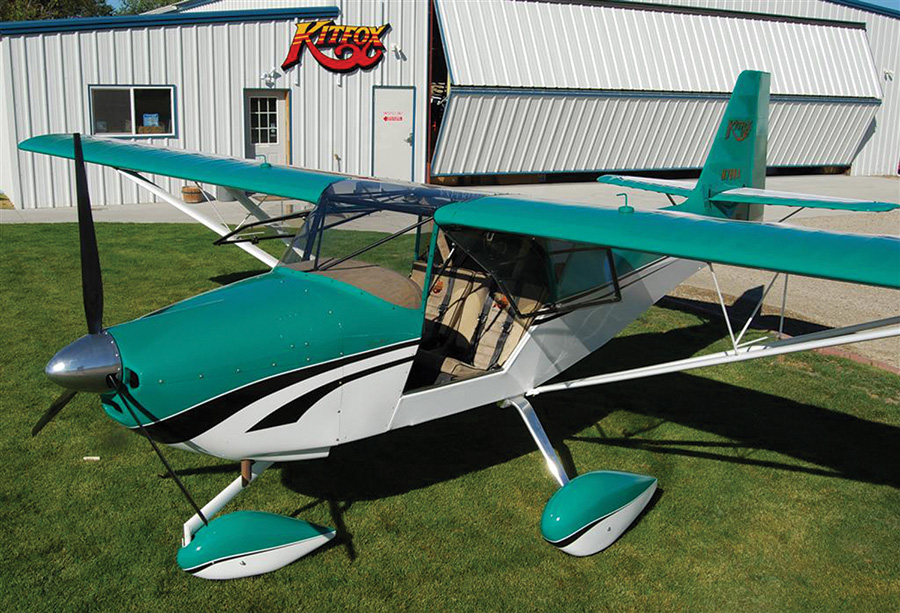

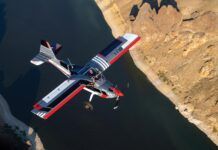

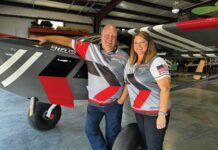

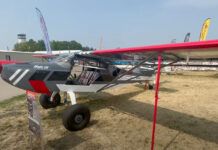
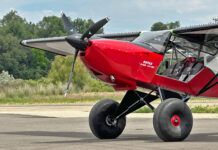


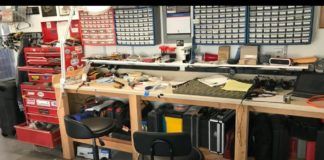
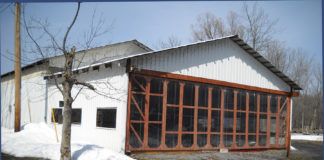

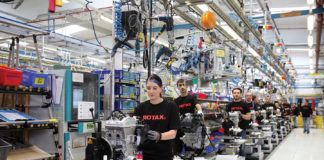
Can I buy a ready to fly model?